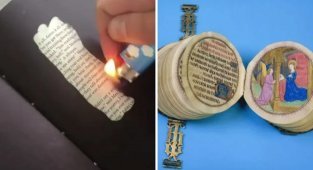Despite the fact that today any book can be digitized and replicated in almost unlimited quantities 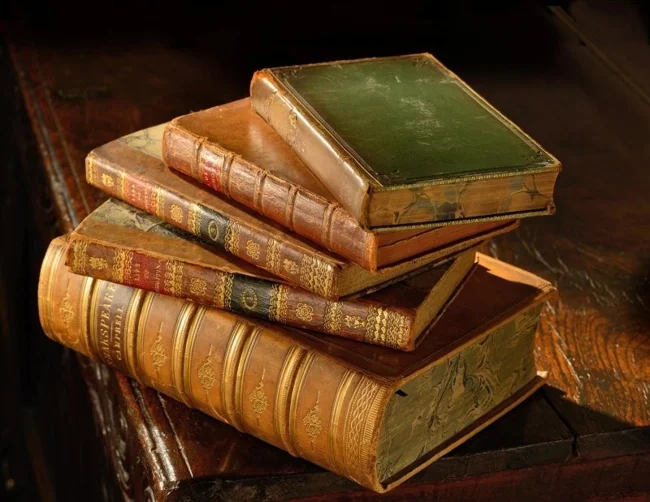
There are a number of ancient, rare and very expensive publications in the world. For some of them, priceless in historical, cultural or political-legal terms, collectors paid from 5 to 30 million dollars.
Gospel of Henry the Lion
Original title: “The Gospel of Henry the Lion.” The book was created by novices and monks who lived in the Benedictine Abbey of Helmarshausen in 1188. The manuscript was created to order for the Duke of Saxony and Bavaria, Henry the Lion. The book was intended for the altar of the Virgin Mary in the Brunswick Cathedral. 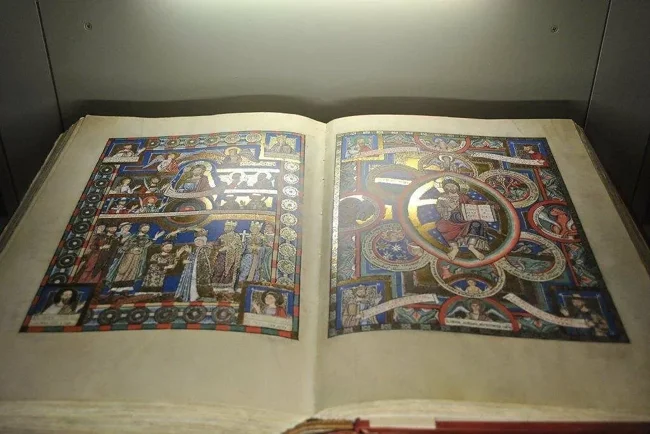
This manuscript is considered one of the masterpieces of the 12th century. It contains 4 Gospels, 266 pages, as well as 50 unique images in the Romanesque style. When Heinrich Leo died, the book mysteriously disappeared, but almost 800 years later, in 1983, the German government purchased it at an auction in London, paying $11.7 million.
The manuscript is currently kept in Wolfenbüttel (Lower Saxony) in the Duke Augustus Library. To ensure the safety of the publication, it is put on public display only once every 2 years.
Rothschild Prayer Book
Original title: “Rothschild Prayer Book”. The Flemish prayer book was published in 1505, and around 1868 it was acquired by the Rothschilds, one of the richest families in the world.
The book contains prayers, biblical texts, psalms. The outside of the manuscript is decorated in gold, and inside there are colorful miniature illustrations created by Dutch painters of the Renaissance. In 1938, the manuscript was stolen by the German Nazis, and 4 years later Hitler personally donated the book to the Vienna National Library. 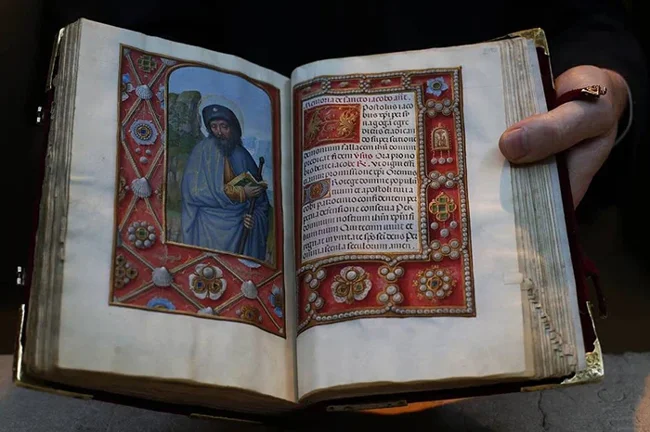
The library did not return the 67-page manuscript to its rightful owners. In 1999, the prayer book was sold to an anonymous collector for $13.38 million. Later, in 2014, the book was bought by Australian media mogul Kerry Stokes for $13.6 million. At the moment, Stokes has deposited the manuscript at the Australian National Library in Canberra.
Massachusetts Book of Psalms
Original title: “Bay Psalm Book”. This is one of the most expensive printed books and the first published by British colonists in North America. It was printed in the city of Cambridge in 1640 by settlers of the Plymouth Colony, located in Massachusetts Bay.
The book consists of psalms translated into English, most of which have not been used for a long time. Translations of texts are far from perfect and the poetic syllable allows them to be recited. 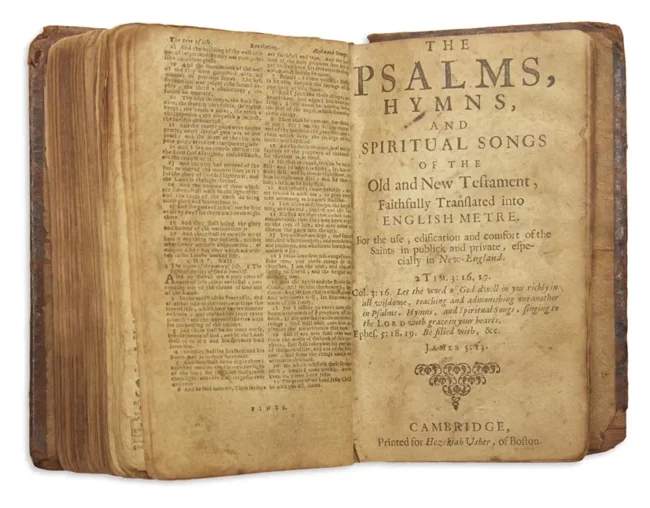
Initially, 1,700 books were published, but only 11 copies of this publication have survived to this day. Almost all of them are kept in large universities and libraries. One of these books was bought for $14.2 million by American billionaire philanthropist and businessman David Rubinstein.
Magna Carta
The original name is “Magna Carta”. This book, published in 1215, is considered the most famous historical text of the political and legal documents that protected the rights of free citizens of medieval England. The document was drawn up based on the demands of the English barons to King John the Landless. 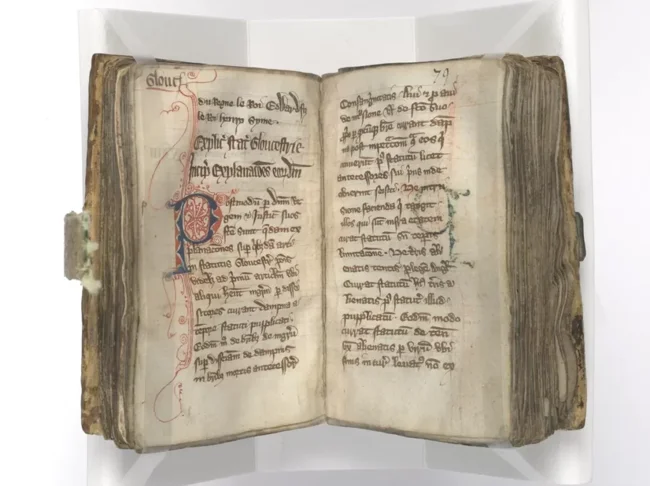
This is one of the first publications that limited the rights of the king and set out the concept of fundamental human rights. The book contains 63 articles (in modern times, 4 of them are still in force), which describe the procedure for regulating feudal duties, tax collection, legal proceedings, rules of inheritance, as well as the rights of merchants, cities, and the English clergy. Today, no more than 17 copies of the Magna Carta remain in the world. At the Sotheby’s auction, the Magna Carta was purchased for $21.3 million by the already well-known American billionaire David Rubinstein.
Leicester Code
Original title: “The Codex Leicester”. This notebook, consisting of 72 pages, has been considered the most expensive book in the world for many years. It was created in 1504–1510 by the Renaissance genius Leonardo da Vinci. This is the most significant scientific work of the 30 works created by the artist. The full title of the book is “Treatise on Water, Earth and Heavenly Affairs.” 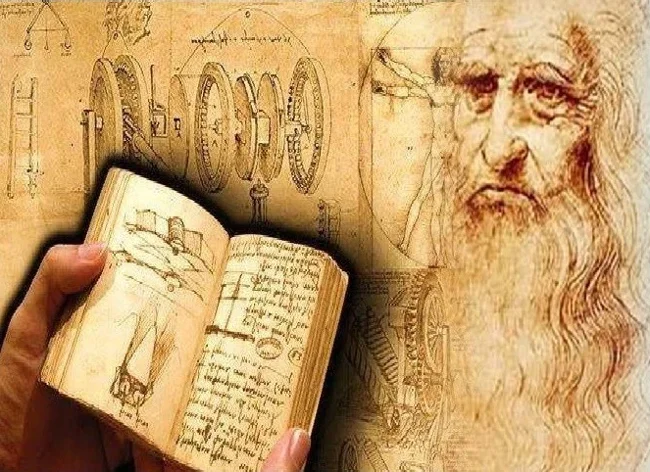
This work consists of observations, sketches, notes, complex mathematical and astronomical calculations of the great artist. It contains a description, detailed analysis of many natural phenomena, and unique scientific reflections of Leonardo da Vinci. The entire text is written in “mirror writing,” which can only be read with the help of a mirror.
In 1717, the notebook with notes was purchased by the Earl of Leicester, after whom the book was later named. Since 1980, it has also been unofficially called the “Hammer Code,” because it was then bought at a Christie’s auction by Armand Hammer, an American entrepreneur. In 1994, it was purchased by Bill Gates, the ex-chief executive of Microsoft, paying a whopping $30.8 million. 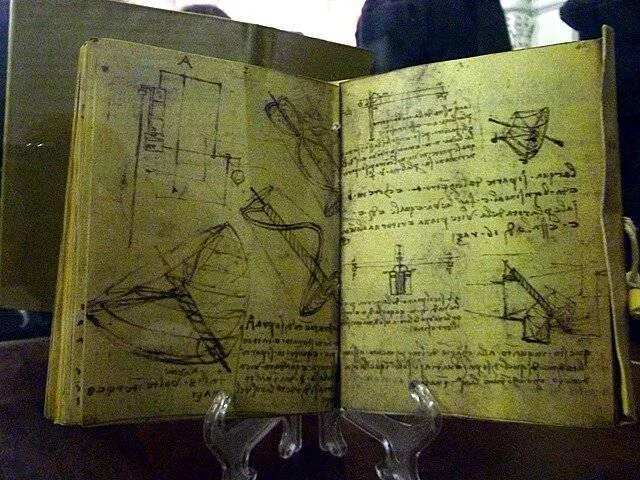
It was Gates who later initiated the display of the Codex Leicester in many galleries and museums around the world, and the image of the book's cover is now used as the screensaver in Microsoft Plus. Since 2003, the book has been stored and displayed in Seattle - at the Museum of Art.
0 comments
